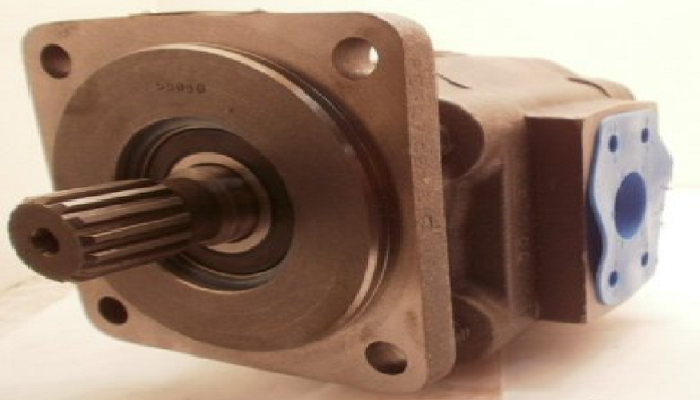
In the world of heavy machinery and industrial applications, few technologies are as fundamental and transformative as hydraulics. From the massive cranes that construct our cityscapes to the subtle movements of an aircraft’s landing gear, hydraulic systems are the silent workhorses that convert raw power into controlled force. At their core, these systems are a testament to elegant engineering, leveraging the principles of fluid dynamics to accomplish tasks that would be impossible with mechanical or electrical power alone. Modern commercial hydraulics systems, a far cry from their early counterparts, have been meticulously refined to offer an unparalleled combination of efficiency, performance, and precision.
Being aware of the power and performance of hydraulics, it is necessary to start with the primary principle of Pascal Law that shares a pressure change at any point in the confined incompressible fluid system through the fluid in such a way so that an equal change happens at every point. In a hydraulic system this implies that a small area/force on one piston can cause a much larger area/force on another. This amplification of force is the very essence of hydraulic power, enabling a human operator to control tons of steel with a simple lever.
The Evolution of Efficiency: From Raw Power to Smart Systems
Early hydraulic systems, while effective, were often inefficient. They generated a significant amount of heat and wasted energy through constant-flow pumps that operated at full capacity regardless of the demand. The modern era of hydraulics is defined by a relentless pursuit of efficiency. This journey has been driven by a combination of economic necessity, environmental concerns, and the need for more precise control.
Today’s hydraulic systems are a marvel of energy management. They employ variable-displacement pumps, which adjust their flow rate to match the load requirements of the application. This is a crucial innovation. Instead of continuously pushing fluid at a maximum rate, these smart pumps deliver only what is needed, reducing energy consumption, minimizing heat generation, and extending the life of the hydraulic fluid and other components. This intelligent energy management system is a direct response to the rising cost of energy and the demand for more sustainable industrial practices.
Unlocking Unprecedented Performance and Precision
Beyond efficiency, modern hydraulics offer a level of performance and precision that is unrivaled. The incompressibility of hydraulic fluid makes it an ideal medium for transmitting power with very little loss. This means that when an operator moves a lever, the response is immediate and direct. This instant feedback and precise control are critical in applications where fine-tuning is required, such as robotics, aerospace controls, and high-tech manufacturing.
The power-to-weight ratio of hydraulic systems is also a major performance advantage. A compact hydraulic motor can deliver immense torque and force, far exceeding what an electric motor of a similar size could produce. This makes hydraulics the go-to solution for applications where space is limited but power is essential, such as in heavy construction equipment, where a small hydraulic cylinder can lift a massive arm and bucket.
Durability and Reliability: The Foundation of Longevity
The robust nature of hydraulic components is another key factor in their long-term value. Unlike complex electrical or mechanical systems with numerous fragile moving parts, a hydraulic system is relatively simple and incredibly durable. The use of high-quality metals, seals, and hydraulic fluid ensures that these systems can withstand extreme pressures, heavy loads, and harsh environmental conditions with remarkable resilience.
Modern hydraulic fluids are a science unto themselves, formulated to resist heat, prevent corrosion, and maintain viscosity under a wide range of temperatures. They play a vital role in both power transmission and lubrication, extending the life of the pump, cylinders, and valves. The reliability of these systems is a major factor in reducing downtime and minimizing maintenance costs, offering a tangible return on the initial investment. In industries where every hour of operation is a source of revenue, the dependability of a hydraulic system is priceless.
The Future of Hydraulics
In conclusion, modern hydraulic systems are a testament to the continuous innovation in engineering. They have evolved from simple power amplifiers to sophisticated, energy-efficient, and intelligent systems that are vital to our modern world. By exploring the science behind their efficiency, the secrets of their performance, and the promise of their future, we gain a deeper appreciation for these powerful and precise machines. The hydraulic system is not just a collection of parts; it is the heart of the machine, a perfect fusion of power, precision, and efficiency that enables us to build, move, and shape the world around us.
